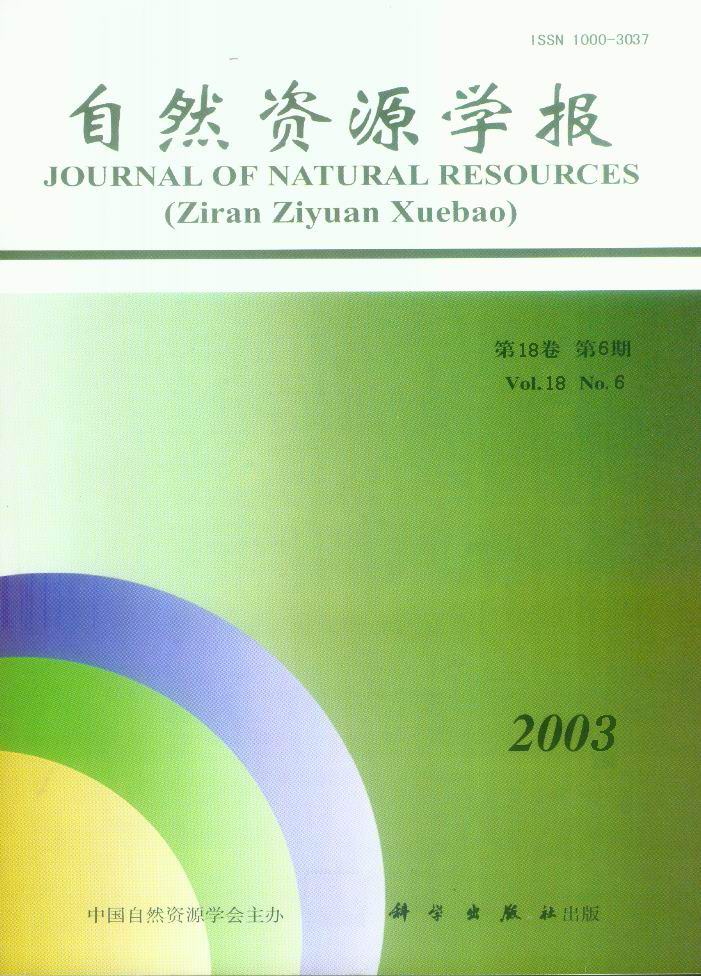Special Column:Celebration of the 70th Anniversary of IGSNRR, CAS
HUO Zhi-guo, LI Shi-kui, WANG Su-yan, LIU Jin-luan, XUE Chang-ying
Basing on the theory of risk analysis of disasters,several kinds of risk evaluation tech-ology of main agrometeorological disasters in China are put forward,including establishment technology of the sequences of yield reduction rates of annual crops and perennial fruit trees,different factors causing disasters,index sequences causing disasters,risk estimate models;risk evaluation technology of loss(yield reduction rate)caused by disasters,indices and methods taken to reduce risk.By analyzing and studying the correlation between meteorological data day by day from1961to2000and yield and disasters,the main factors,grades and indices causing disasters and the corresponding yield reduction rates which are suitable for drought of winter wheat in North China,cool injury of corn and rice in Northeast China,waterlogging of winter wheat and cold in Jianghuai valley and cold damage of banana and litchi in South China are selected.Making the risk evaluation of drought of winter wheat in North China and cold damage of banana and litchi in South China as examples,the methods which can be used to calculate risk probability and divide risk grades aiming at annual crops and perennial fruit trees are given.The technologies and methods of risk evaluation of drought of winter wheat basing on actual yields,climatic productive potentialities,natural water deficiency rate and the methods taken to reduce disasters are studied,and the risk probabilities under different conditions of yield reduction rates,indices causing disasters and methods taken to reduce disasters are calculated.The results indicate:the risk probability distributions of drought of winter wheat in North China,cold damage of banana and litchi in South China have the character of juncture and regionalization.The risk probability of natural water deficiency is high in the whole growing period of winter wheat in North China,but it will decrease gradually with the increase in irrigation times.Generally,the irrigation times in the year of light drought is1-2,in the year of moderate drought is2-3and in the year of heavy drought is3,which can meet the water requirement of winter wheat in many areas,and the risk probability of water deficiency is low.The study can supply scientific evidences to government and production department to control the occurrence of agrome-teorological disasters,to take precautions against harm or reduce harm that disasters to agriculture,to make methods to reduce loss,to formulate insurance policies about agrome-teorological disasters and to transfer the risk.
